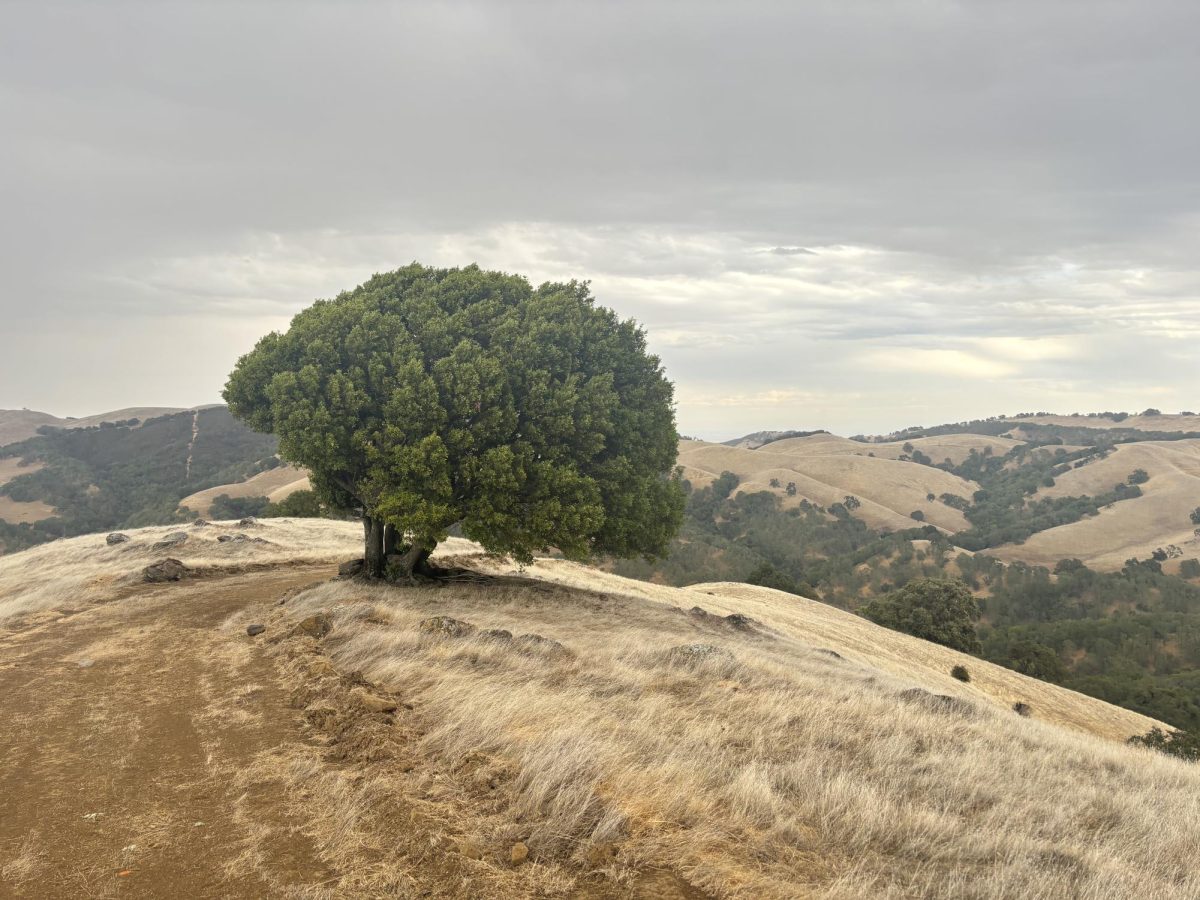At the start of this month, Chile’s deadliest wildfire started to tear through the city of Viña del Mar. It has spread over multiple cities and areas in Chile. The most affected area is the Valparaíso region, which was where the fires started on February 2nd. Everyone in and near this region of Chile was ordered to evacuate immediately. It has killed hundreds of people and left many missing. Only 33 bodies have been identified.
This wildfire started in at least four spots in Chile on February 2nd. By February 3rd, the wildfires had spread to almost 20,000 acres. There were estimated to be about 160 blazes raging in the Valparaíso region and its surrounding regions, with 102 controlled and around 40 still blazing, and firefighters are struggling to take them down. At least 123 people have died from this disaster, and according to the UN Office for Disaster Risk Reduction, that number is only expected to rise. On top of this, hundreds remain missing.
These wildfires are the worst tragedy in the South American country since their 2010 earthquake, according to their president, Gabriel Boric, which was an earthquake with a magnitude of 8.8 that also killed hundreds of people. The president stated, “The country faces a ‘tragedy of very great magnitude.’” These fires have wrecked whole neighborhoods, and have left 1,600 people homeless. The most affected area, Viña del Mar, had its 94-year-old botanical garden destroyed by the roaring fires.
There are multiple factors for the start of these fires. Currently, Chile is near peak fire season, so the country is already at risk of fires erupting at any moment. Also, in the days before the fires broke out, Chile was receiving almost record-warm temperatures. In the capital of Santiago, temperatures reached an outstanding 98.6 degrees, which is the third-highest recorded temperature in Chile in more than a century. On top of this, for the past decade, Chile has been dealing with a mega-drought, which has just increased the chances for a fire to soon break out. Water has been low and the supply has been restricted.
Climate change has also had an impact on the fires, as the temperature in certain countries continues to rise at a rapid pace, and Chile has not been excluded. 2024 is also an El Niño year, which is an event where the waters in the Pacific Ocean naturally rise. This event can cause big climate and weather changes around the globe, with some parts facing heavy precipitation, others facing droughts, and some areas facing both. There were also higher winds recorded in Chile, which would make the fires move even faster. With all of these factors combined, the wildfires on February 2nd became the country’s deadliest wildfire ever recorded.
2023 was already a major natural disaster year, and it already seems as if 2024 is trying to top it. As each new year rolls around, it seems that natural disasters only become more frequent and destructive. The Chilean Wildfires of 2024 only seems to be the start of another year full of fires, floods, and hurricanes.
































